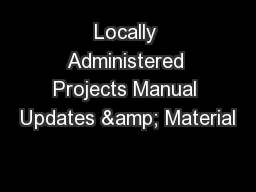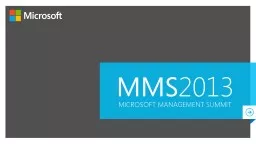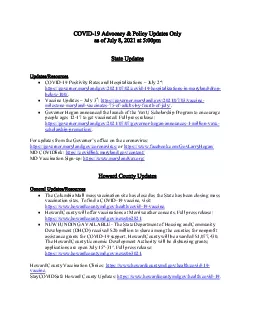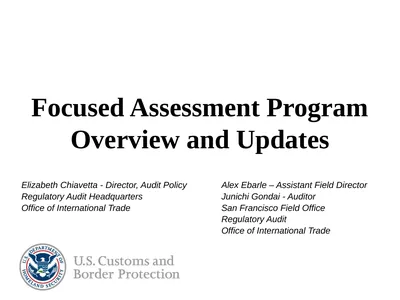PPT-Focused Assessment Program Overview and Updates
Author : pasty-toler | Published Date : 2017-05-05
Elizabeth Chiavetta Director Audit Policy Alex Ebarle Assistant Field Director Regulatory Audit Headquarters Junichi Gondai Auditor Office of International
Presentation Embed Code
Download Presentation
Download Presentation The PPT/PDF document "Focused Assessment Program Overview and ..." is the property of its rightful owner. Permission is granted to download and print the materials on this website for personal, non-commercial use only, and to display it on your personal computer provided you do not modify the materials and that you retain all copyright notices contained in the materials. By downloading content from our website, you accept the terms of this agreement.
Focused Assessment Program Overview and Updates: Transcript
Download Rules Of Document
"Focused Assessment Program Overview and Updates"The content belongs to its owner. You may download and print it for personal use, without modification, and keep all copyright notices. By downloading, you agree to these terms.
Related Documents














